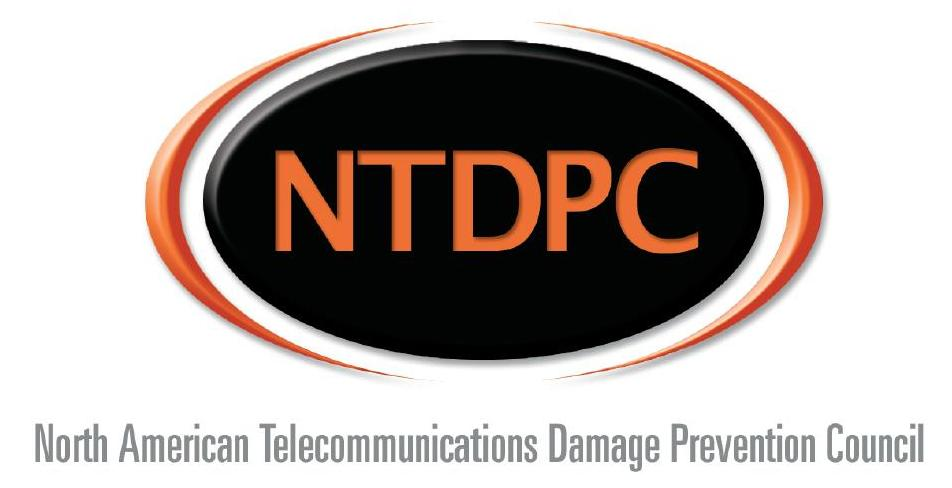|
 member contacts |
 associate member contacts |
|
 more on sponsors |

![]()
Telecom’s Best Kept Secret: Wireless isn't Wireless!!
Why is Damage Prevention so important?
The explosion of wireless technology and the evolution of wireless devices has been nothing short of amazing. The idea of sending information through the air is not a recent development. Think back to CB Radios, Shortwave and HAM Radios. The desire to communicate anywhere has been around for years. The limitations of these “true” wireless devices however, identified a need for something better. I would hate to think of how the commute to work would be with a CB radio in everyone’s vehicles, or the size a meeting room would need to be today to have everyone’s HAM radios on the table.
In 1973, the first patent for a mobile telephone was secured by Motorola. A very cumbersome, expensive device, but the technology grew exponentially after that, and led to the first Cellular network, built in Chicago in 1978. Welcome to the world of 1G. The key difference between this network, and its predecessors was the fact that it combined the use of both cellular and hard wired technology. As the cable industry forged ahead in the development of Fiber Optic technologies, the Cellular towers and the Fiber networks that connected them seemed to be a marriage made in Telecom Heaven. Could anyone back then have imagined the social and economic impact these networks would have on the future? Perhaps, but to add a 3rd piece to the puzzle, is the development of the Smart phone and mobile technology, or the new Super phones. Here is where things really took off.
So we have devices in our pockets now that allow us to talk to people anytime, anywhere, watch our favorite television shows, work from anywhere, send real time information (pictures and videos), send news across the world within milliseconds, keep in touch with family and friends, listen to music, entertain ourselves, complete financial transaction and even to just buy “stuff” and it goes on and on and on. This advancement has driven the importance of having solid, trustworthy networks through the roof!
…What if these devices did not work. You own a car, but have no gas, you have a boat, but no lake to operate it on, a snowmobile in the Caribbean..the point? In order for the “Wireless” network and the wireless devices to work, the hidden network that it runs on must be intact.
NEARLY EVERY MAIN TOWER on a mobility network is hard wired to the next. So it’s always funny when a cable repair crew is on site working hard to restore services, and someone drives by to complain that their cell phone doesn’t work?
What do we rely on the wireless network to do for us?
Did you know?
- In 2010, there were 35 million miles of Fiber Optic Cables buried under the ground in the United States.
- There are approximately 5.9 Billion Wireless customers in the World, growing every day. That is 87% of the world’s population.
- 30% of the world’s mobile users live in India and China.
- The average cost to bury Fiber Optic cable in a rural area is $75,000 per mile
- in 2011, over 85% of all available wireless handsets worldwide are able to access the internet. In the US, it is 90%+
- There are approximately 1.2 billion mobile web users in the world.
- 8 trillion text messages were sent in 2011
- Over 300,000 mobile apps have been developed in the past 3 years.
- 1.8 Billion viewers of the 2010 Olympic Games from Vancouver British Columbia carried over the Internet Services to your hand held devices.
(Sources: Wikipedia,Global Mobile Statistics 2012)
Why is Damage Prevention so important? These numbers show that wireless devices are being relied on more and more everyday, by the public, business and industry. Every time a cable is damaged, these services are cut off, or at the very least, slowed to a point where it is difficult to use. Even when Telecommunication companies are able to re-route traffic onto other paths, the increase in volume usually means that the services are brought down to the bare minimum of service, welcome back to 1G; telecom’s horse and buggy.
Damage Prevention starts with you!
- Call 811 BEFORE you dig! If you don’t have the 811 service in your area, contact you area One Call center. This can be found online or in your local phone book, in most locations.
- Understand your locate form! If you don’t, call 811 or your One Call Center and ask to have the Utility member or their locate service provider contact you to explain the locate form!
- Know the 3 foot rule! Hand digging or Hydrovac is required within 3 feet on either side of the locate marks. In Canada, the rule is 1 meter.
- Make sure the locate covers the work area you requested before excavating.
- If you hit an unknown structure/cable…STOP! and call 811, or your local One Call toll free number. DO NOT excavate any further until all utilities have responded to you.
- Know your color code! It can be found online at: www.811.com
The North American Telecommunications Damage Prevention Council (NTDPC),
The NTDPC is a non-competitive forum dedicated to promoting the protection of underground facilities, subsurface facility awareness and the use of One Call notification systems.
Our goal is to prevent damage to the buried facilities that form the telecommunications infrastructure of the United States and Canada. End-to-end integrity and the ongoing reliability of these facilities are vital to our shared national interests. You can find out more about the NTDPC at: www.NTDPC.com
| 2025 © NTDPC (Release 1.1). All rights reserved | Contact the NTDPC | Terms of Use | Privacy Policy | Sitemap | Report a Problem | Hosted by Infront |



